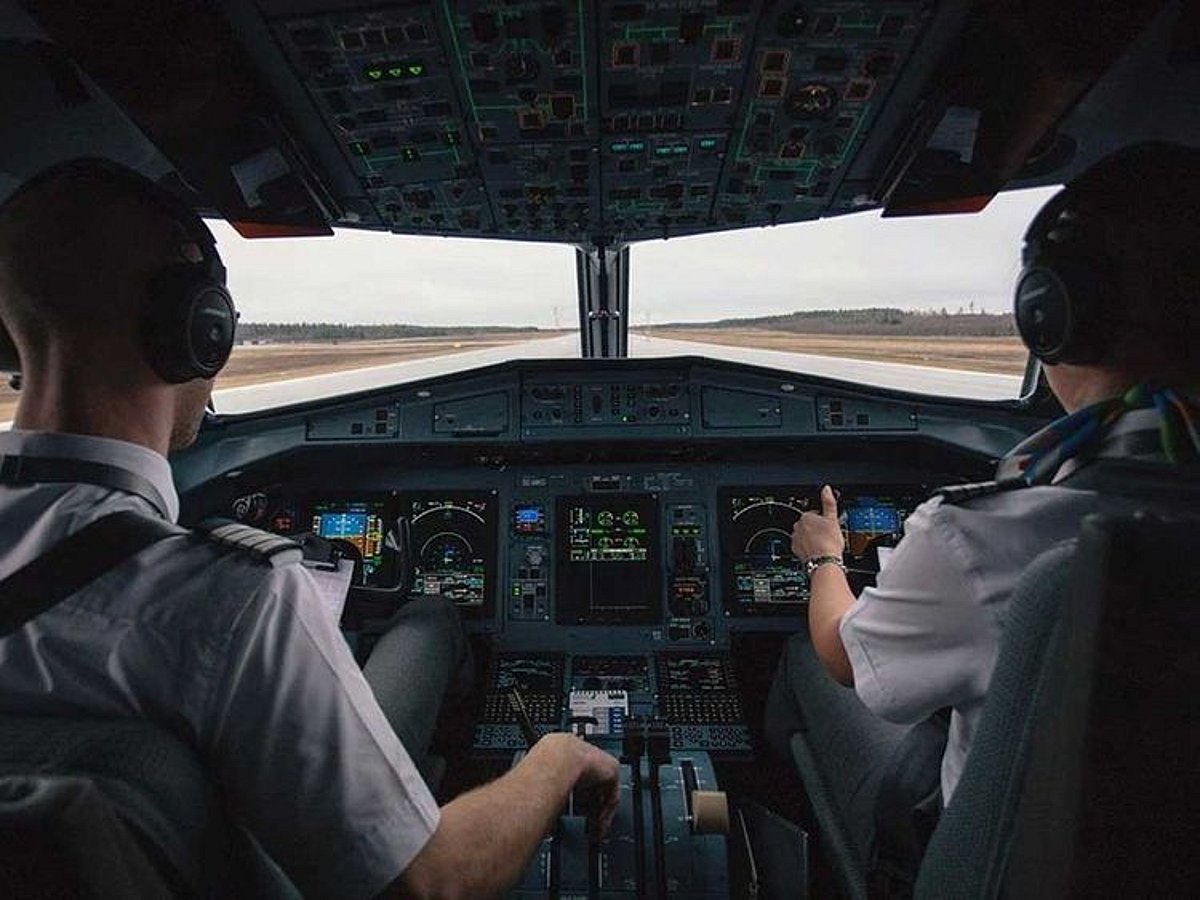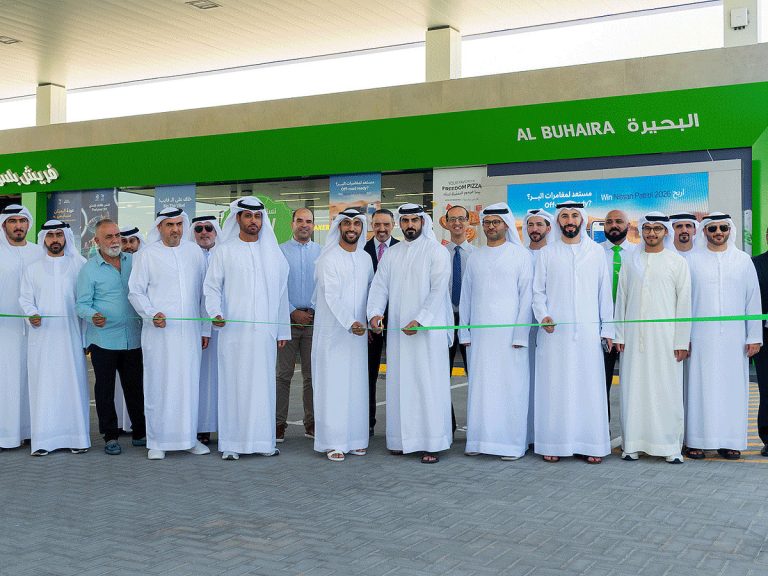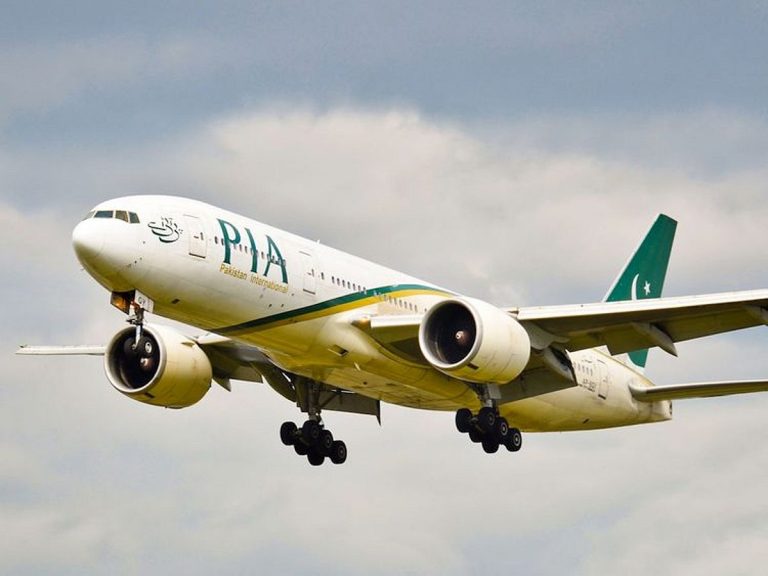Middle East Airlines Anticipate Pilot Shortage by 2030
The aviation industry in the Middle East is on the brink of a major transformation, driven by ambitious fleet expansions and an increasing demand for air travel. However, a recent analysis reveals a looming pilot shortage that could exceed 10,300 by 2030, posing a significant challenge for airlines in the region. As competition for qualified pilots intensifies, the need for innovative solutions to attract and retain talent has never been more critical.
Growing Demand for Pilots
According to a report by Oliver Wyman, the Middle East is projected to be the only region where the demand for pilots will outstrip supply throughout the next decade. This gap is attributed to several factors, including record aircraft orders, a surge in long-haul travel, and the emergence of new Gulf hubs. Unlike North America and Europe, where pilot availability is stabilizing, the Middle East’s rapid growth trajectory necessitates a robust influx of qualified flight crew.
Historically, Middle Eastern airlines have relied heavily on international talent to fill their cockpits. This trend is expected to continue, with Gulf carriers offering attractive, tax-free compensation packages and expedited opportunities to operate wide-body aircraft. These incentives are crucial as airlines compete for pilots from regions with a surplus of aviation professionals.
Changing Expectations Among Pilots
The landscape of pilot recruitment is evolving, particularly among younger generations entering the field. Today’s pilots prioritize quality of life and schedule flexibility more than their predecessors. This shift is prompting airlines to rethink their incentive structures and career progression models. Many pilots now seek stable bases and predictable schedules over rapid promotions, which could challenge traditional career paths within the industry.
As flight crew costs rise faster than airline revenues, driven by increased salaries and flexible work arrangements, airlines are compelled to adopt more strategic crew-planning tools. Investments in training capacity and advanced technologies, such as simulation, virtual reality (VR), and augmented reality (AR), are becoming essential to develop local pilot talent.
Innovative Solutions for Pilot Training
To address the anticipated pilot shortage, airlines are exploring various innovative solutions. André Martins, Head of Transportation and Advanced Industrials for India, the Middle East, and Africa at Oliver Wyman, emphasizes the need for airlines to rethink their approaches to sourcing, training, and retaining pilots. He suggests that localized training pipelines, advanced simulation technologies, and innovative career pathways will be vital for sustaining growth in the sector.
Airlines are increasingly implementing part-time flying options, flexible route-basing, and enhanced mentoring programs to attract and retain pilots. Training programs are being tailored to accommodate diverse learning preferences, utilizing immersive VR modules and data-driven curriculum designs to enhance the educational experience.
Rising Enrollment in Pilot Training Academies
As the demand for pilots escalates, local flight academies are likely to experience increased enrollment and longer waiting lists, particularly in major hubs like Dubai and Abu Dhabi. Airlines are focusing on building domestic pilot pipelines to reduce reliance on foreign recruitment, which is expected to lead to the expansion of scholarships and cadet programs. These initiatives will provide structured funding and job opportunities for UAE nationals and long-term residents after completing their training.
Competitive Compensation and Lifestyle Incentives
Pilot salaries in the Middle East are already competitive, but as the race for talent heats up, airlines may introduce additional incentives. These could include more predictable work schedules, flexible contracts, and options for base stability, all aimed at retaining skilled pilots in a competitive market.
Future Hiring Trends
The expansion of Al Maktoum International Airport and new fleet orders from UAE carriers indicate that the demand for pilots will continue beyond 2030. This need will extend beyond just pilots, encompassing flight instructors, engineers, and safety personnel as the aviation sector continues to grow.
FAQs
What is causing the pilot shortage in the Middle East?
The pilot shortage is primarily driven by aggressive fleet expansions, increased demand for long-haul travel, and the emergence of new airline hubs, leading to a significant gap between pilot demand and supply.
How are airlines adapting to attract pilots?
Airlines are enhancing their recruitment strategies by offering competitive compensation packages, flexible work arrangements, and innovative training programs to appeal to a new generation of pilots.
What role does technology play in pilot training?
Technology, including simulation, virtual reality, and data-driven learning models, is being integrated into pilot training to shorten training cycles and improve the overall educational experience for aspiring pilots.
Conclusion
The Middle East’s aviation sector is poised for significant growth, but the anticipated pilot shortage presents a formidable challenge. Airlines must implement innovative training solutions, enhance recruitment strategies, and adapt to the evolving expectations of pilots to ensure they can meet the demands of this rapidly expanding market. As the industry navigates these complexities, the focus will remain on building a sustainable pipeline of qualified pilots for the future.
Also Read:
New Museums to Enhance UAE’s Cultural Landscape







